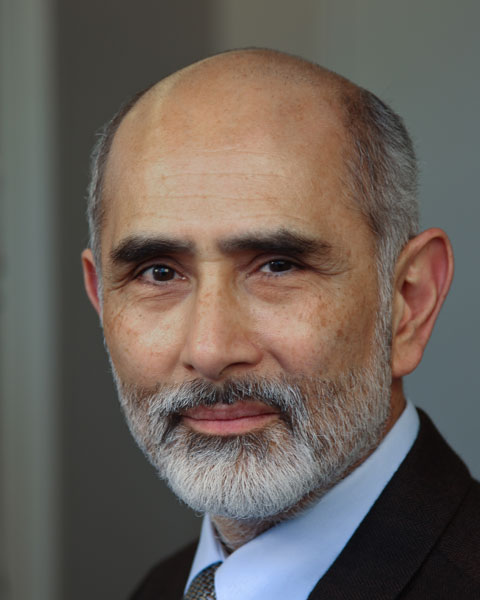Suicide and Self-Injury
Association between subjective social status and perception of likelihood of future death by suicide
(PS9-B32) Association Between Subjective Social Status and Perception of Likelihood of Future Death by Suicide
- KH
Kayla Y. Huynh, B.S., B.A.
Graduate Student
Palo Alto University
Palo Alto, California - TS
Téa Stephenson, B.A.
Graduate Student
Palo Alto University
Palo Alto, California 
Ricardo F. Muñoz, Ph.D.
Distinguished Professor
Palo Alto University
Palo Alto, California.jpg)
Nancy H. Liu, Ph.D.
Associate Clinical Professor
University of California at Berkeley
Berkeley, California- YL
Yan Leykin, Ph.D.
Professor
Palo Alto University
Palo Alto, California
Author(s)
Co-Author(s)
Introduction: Subjective social status (SSS) is a strong predictor of many physical and mental health outcomes (Garza et al., 2016; Roy et al., 2016; Singh-Manoux, 2005), including suicidality (Madigan & Daly, 2023). However, SSS has largely been studied in the context of suicidal ideation or past attempts (Zvolensky et al., 2016); whether SSS is related to perceptions that one might attempt suicide in the future has not been explored. Furthermore, the influence of culture on suicidality is known to be considerable (Chu et al., 2010), both in terms of acceptability of suicide and about likelihood of attempt (Weissman et al., 1999). Thus, this study sought to understand cultural differences in the association of SSS with perceptions of likelihood of suicide attempts in the near future (next year).
Methods: Participants (N = 17,194) were recruited via Google Ads (Gross et al., 2014) to a worldwide quintilingual (English, Spanish, Russian, Chinese, and Arabic) depression/suicide screening site (Leykin et al., 2012). Participants completed a demographic questionnaire, MacArthur Scale of Subjective Social Status (Adler et al., 2000), MDE Screener (Muñoz et al., 1998), and the Suicidal Behavior Questionnaire (SBQ; Linehan, 1990). As part of the SBQ, participants were asked (via a 5-point Likert-type scale, converted into 3-point ordinal scale) about their likelihood of attempting suicide in their lifetime, in the next year, and more proximal time periods. Furthermore, following Goodmann et al. (2021; see also Uhl et al., 2023), we grouped participants into broad cultural groups by jointly considering language of the survey and country of residence (Latin America, South Asia, Arab World, Soviet Bloc, China, Western English-speaking).
Results: After controlling for gender, age, education, past suicide attempts, and current MDE status, subjective social status was related to the belief that individuals were likely to attempt suicide in the future (p < .001), such that lower SSS was associated with greater strength of the belief. Additionally, cultural group significantly moderated the aforementioned association between SSS and belief in the likelihood of future suicide (p = .002). Specifically, for Latin America, Arab World, Soviet Bloc, and Western English-speaking groups the relationships were highly significant (all ps < .001). For the South Asian group, the relationship was diminished but still significant (p = .03). For Chinese group, SSS was not related to the likelihood of attempting suicide in next year (p = .70).
Conclusion: The results strongly suggest that subjective social status not only is related to existing or past suicidality, but is also associated with the perception that suicide may be likely in the future. Furthermore, the results demonstrate important cultural differences in this association, with the Chinese sample, for instance, being noteworthy for not exhibiting this relationship. Whereas for many patients, having a relatively high SSS might be considered a protective factor, for some groups, such as Chinese patients, the presence of higher SSS may not endow individuals with additional protections, which should be considered in clinical practice.

